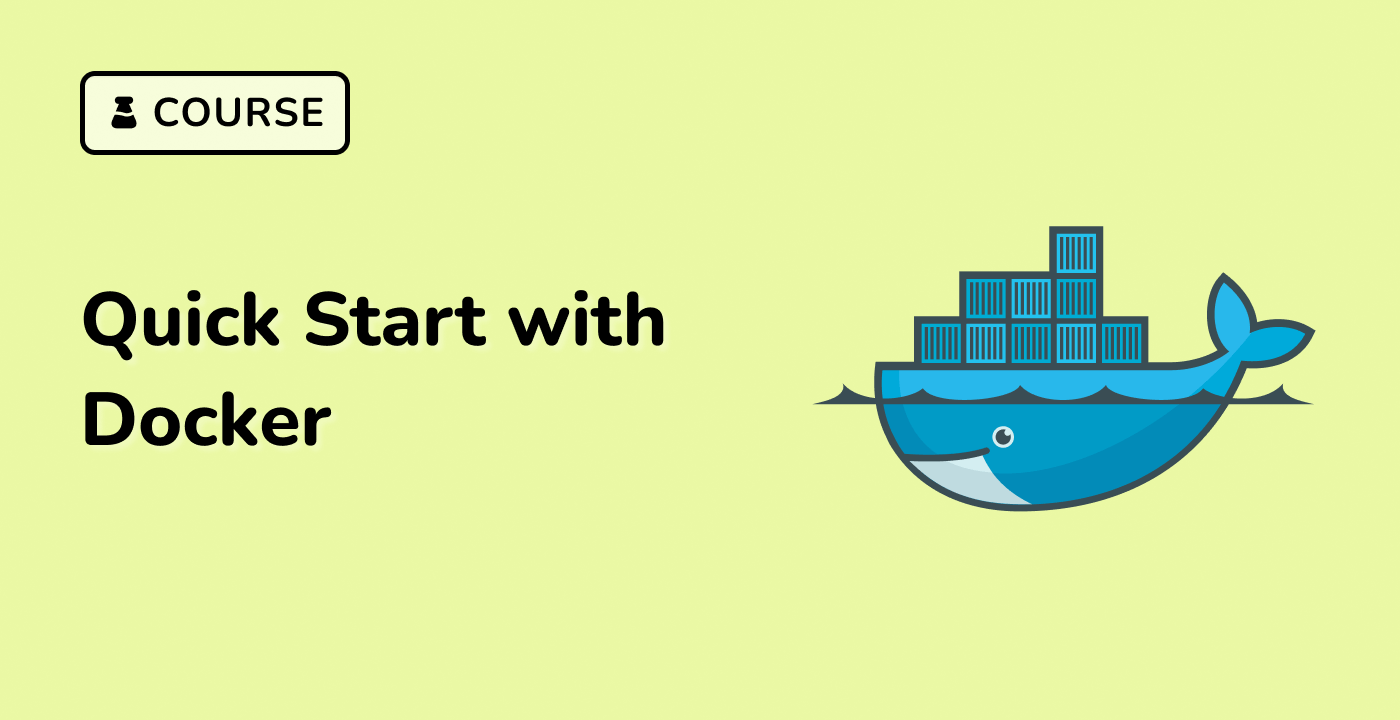Removing Unused Docker Objects
After identifying the various types of unused Docker objects, you can proceed to remove them to free up system resources and maintain a clean Docker environment.
Removing Stopped Containers
To remove all stopped containers, you can use the following command:
docker container prune
This command will remove all stopped containers, but it will not remove any running containers.
Removing Dangling Images
To remove all dangling images, you can use the following command:
docker image prune
This command will remove all dangling images, which are images that are not associated with any running container and have no tags.
Removing Unused Volumes
To remove all unused volumes, you can use the following command:
docker volume prune
This command will remove all volumes that are not being used by any container.
Removing Unused Networks
To remove all unused networks, you can use the following command:
docker network prune
This command will remove all networks that are not being used by any container.
Automating the Removal Process
To make the process of removing unused Docker objects more efficient, you can create a script that combines the above commands and runs them periodically. This can be especially useful in a development or testing environment where Docker objects can accumulate quickly.
By following these steps, you can effectively identify and remove unused Docker objects, ensuring a clean and efficient Docker environment.




